Here’s everything about the difference between a webpage and a website:
A webpage is an HTML document that displays content as part of a website.
A website is a collection of related webpages.
So if you want to learn all about how a webpage and a website differ exactly, then you’re in the right place.
Let’s get started!
- PCA vs. ICA: Difference?
- Data vs. Information vs. Knowledge vs. Wisdom
- ASCII vs. Unicode vs. UTF-7 vs. UTF-8 vs. UTF-32 vs. ANSI
- IT Architecture vs. IT Infrastructure: Difference?
- Fixed VoIP vs. Non-Fixed VoIP: Difference?
- IT vs ICT: Difference?
- Web Browser vs. Search Engine: Difference?

What Is a Webpage?
A webpage is a single document that is normally written in so-called HTML.
You can imagine HTML as a structure that is made of nested building blocks.
For instance, the HTML of a most basic webpage looks like this:
<!DOCTYPE html>
<html>
<body>
<p>I'm a webpage.</p>
</body>
</html>Your web browser then translates the HTML into a webpage as you know it:
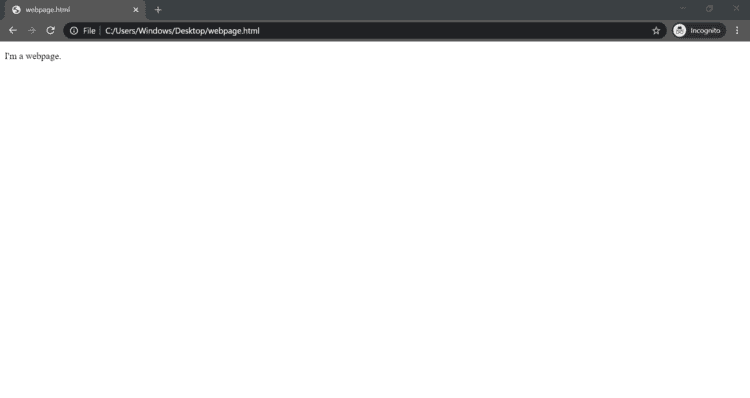
A webpage is generally accessed through a web browser such as Chrome, Safari, or Firefox by entering a URL (Uniform Resource Locator) in the address bar:
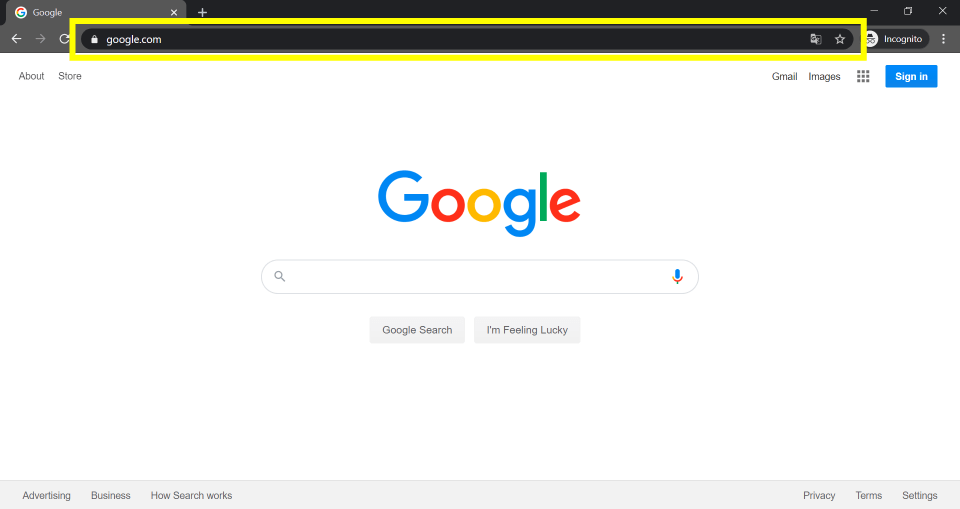
The webpage can be copied and shared with others by sending the URL to them.
Each webpage has its own URL address such as “https://about.google/locations/.”
The URL is made up of the domain name for the website and the path that is specific to a webpage.
For example, a domain name is “techwithtech.com” and a webpage is “techwithtech.com/webpage-vs-website.”
Webpages are made up of content that may include text, graphics, audio, video, and hyperlinks to other pages or files.
What Is a Website?
A website is a group of webpages that share a domain.
For example, the webpages of a business’s website might be a homepage or a contact page, as well as pages for different products and services.
For instance, Google.com and all of its webpages, such as the about and contact page, or each search result.
Below is a ranking of the most linked to websites worldwide, as of 2020:
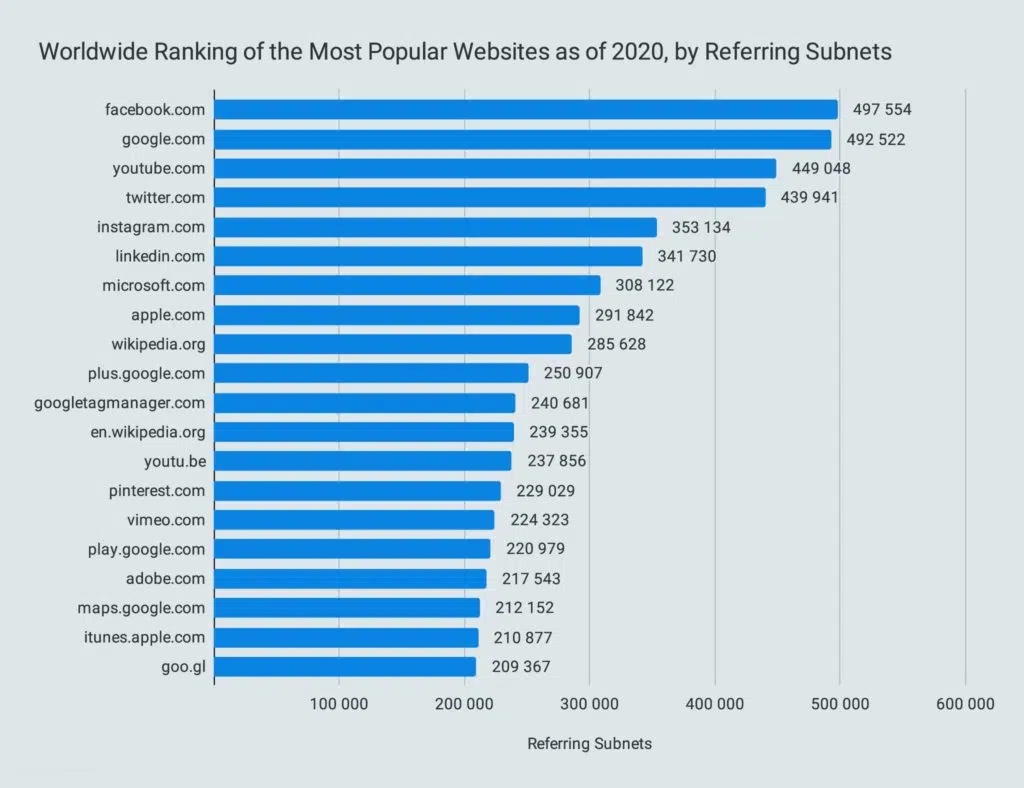
Websites and their webpages are hosted on a server and they are accessed when a user goes to a particular webpage on the website.
Users can move from one page to the next through the navigation bar or other links, which connect to other webpages on the website.
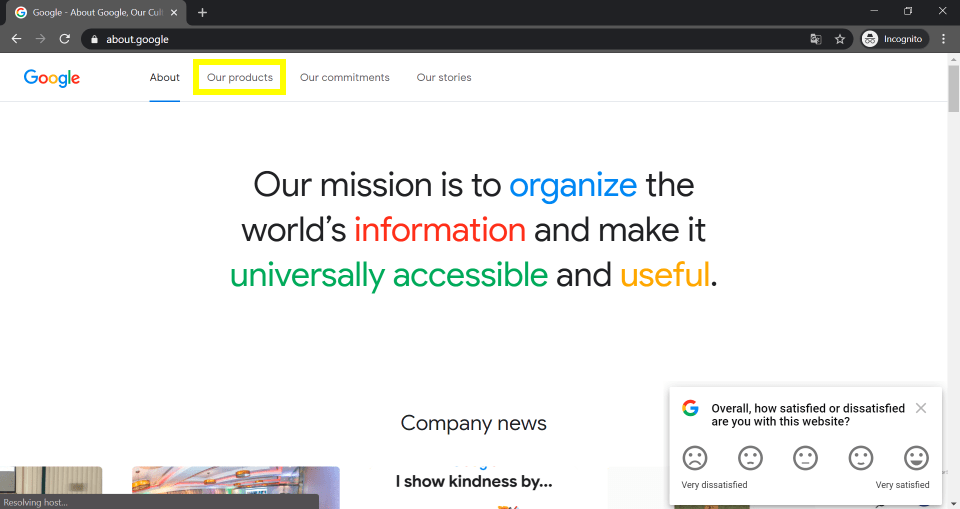
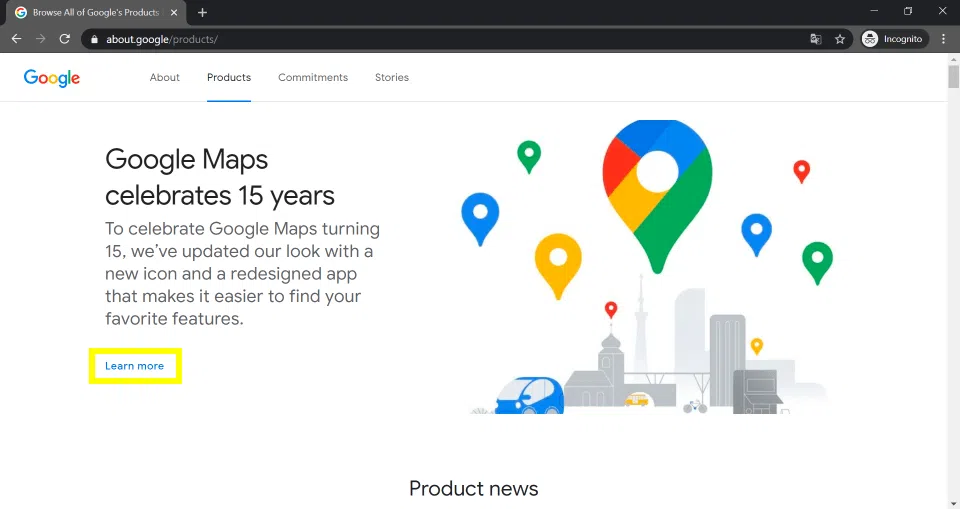
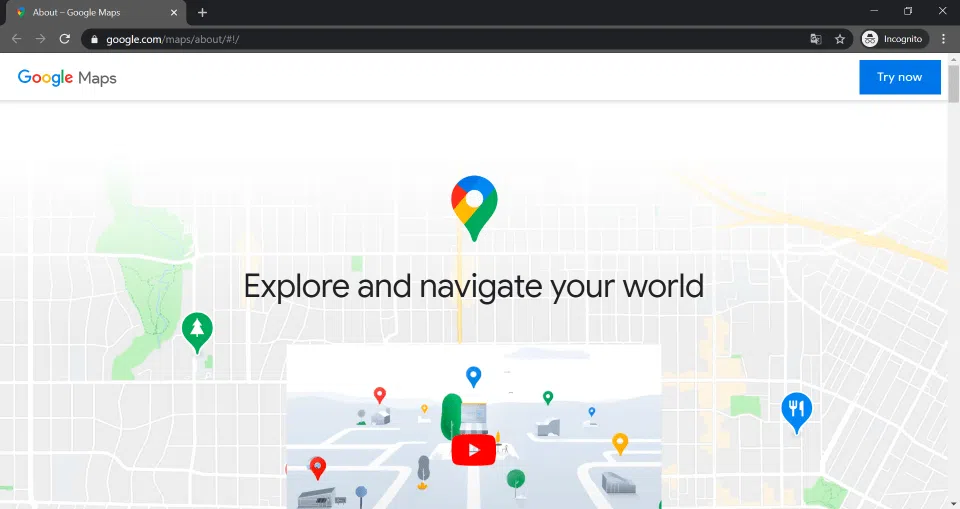
What Is the Difference Between a Webpage and a Website? (4 Things)
Besides the basic fact that a webpage is a page within a website, there are other distinguishing characteristics that separate websites from webpages.
Let’s consider the following:
#1 Address
A webpage has a specific URL.
Each webpage has a unique address so that when a user types it into the address bar, it goes to one unique webpage.
In contrast, a website doesn’t have a specific address.
The domain name will take a user to the homepage of the website which again is a webpage.
For example, behind all those URLs are webpages of the Google website:
#2 Function
A website is a location on the Internet that houses webpages.
It’s similar to a book and the webpages are similar to the pages in a book.
#3 Dependency
A webpage is dependent on a website for a location to be published whereas a website is independent of a webpage as long as it contains at least one webpage.
You can tear out a page of a book and the book still exists.
But you can’t pulverize a book without any book pages remaining.
#4 Development
It’s fairly simple to develop a basic single webpage but it’s quite an undertaking to develop a full-fledged website with multiple webpages.
What Is a Website Design? (5 Pages)
Generally speaking, website design includes imagining, planning, and building a group of electronic files that make up the webpages of a website.
Some common webpages on a website are the following:
#1 Homepage
This is also called the landing page and it’s the webpage where visitors arrive when they come to the website.
For example, the homepage of Google is Google.com.
#2 About Page
This webpage gives information about the owner of the website. If it’s a store, it might include the store name, contact information, and other information about the store.
#3 Products and/or Services Page
If a website has something to sell, it might have a product page, a services page, or a combination of the two.
#4 Blog Page
This is a page where a business or organization can interact directly with customers by publishing written articles.
#5 Contact Page
This page gives visitors information about how to contact the business.
What Is Web Development? (3 Aspects)
Web development is the process of building websites.
This is the coding and programming that allows the website to function.
Whether the website is a social media platform or an e-commerce store, it has once been coded and programmed by a web developer.
There are three aspects to web development:
#1 Front-End Development
Front-end developers code and program everything that visitors see and experience when they visit a website.
This includes the colors, menus, fonts, layout, and what happens when a user clicks on a button.
#2 Back-End Development
The back-end developers program and code what happens behind the scenes of a website to store and organize data and to communicate with what the visitor sees so that it all flows together.
For example, they program that when a visitor saves a form, it’s stored in the correct location in the database.
#3 Database
This is a database that has all of the files and content that the website needs in order to work.
What Is the Difference Between Website Design and Web Development?
These are two different things but they work together.
Web development is the process of programming a website on a server so that it works and does what the owner wants it to do.
Web design refers to how it looks and feels.
Programmers might ensure that a website has uniformity and cohesiveness so that users know the webpages are all connected, much as the pages in a book all share the same style and formatting.
Are Websites and Webpages Independent?
Websites and webpages are dependent on one another.
A website is made up of webpages and a webpage needs to be stored on a website.
There are cases where a website is only one webpage but it still has both features.
An Analogy to Simplify it All

To understand the differences between websites and webpages, you can think of it in “old-fashioned” terms.
Imagine a library.
The library is a large building that organizes books and periodicals.
The library is similar to a web server that provides websites: when you want to find a book, you go to the index file and look for the card that tells you where the book is located.
The index file is equivalent to a search engine such as Google.
When you look at the different sections of the library, including literature, history, science, math, and so on, you can see that these are websites.
These websites (sections in the library) can be further broken down into individual books, which are the websites.
Each book has a location, which is the domain name.
Books can be written in different languages, such as English, French, or Spanish.
By the same token, websites use different programming languages in the back-end, such as PHP or Java. A book contains pages and when a book is like a website then its pages are webpage.
The main difference between the library and the web is that most of the web terms include the word “web,” which can be confusing.
However, each of these things has a different function.
The website is defined by its domain name but the webpages also use the domain name but with specific URLs.
The key is to remember that the website is a location that is made up of webpages.

